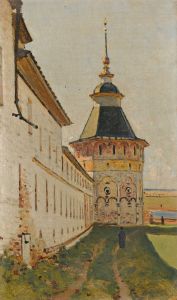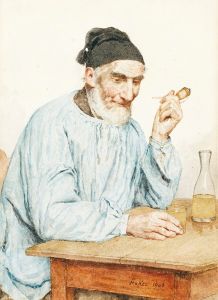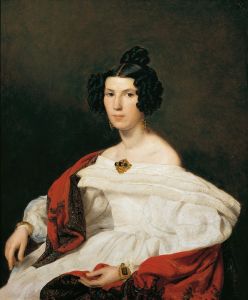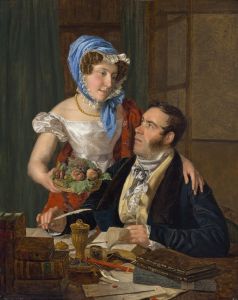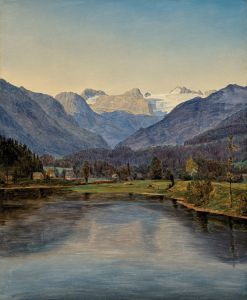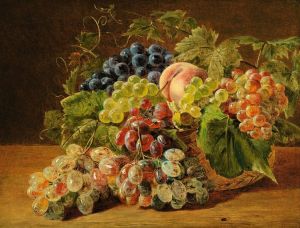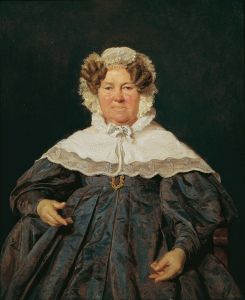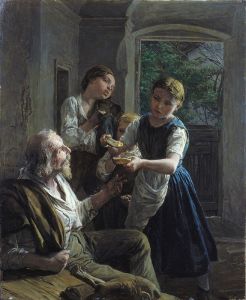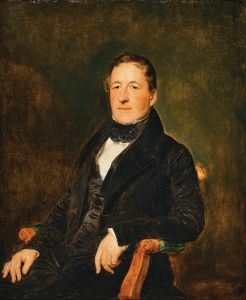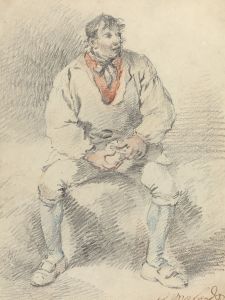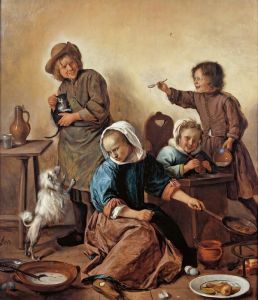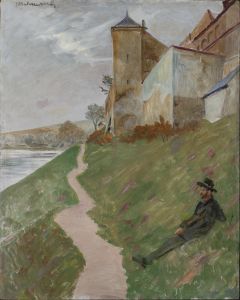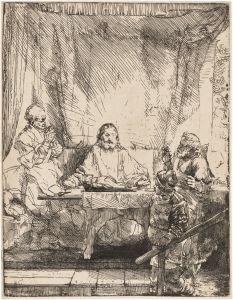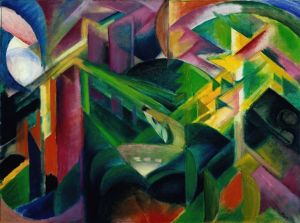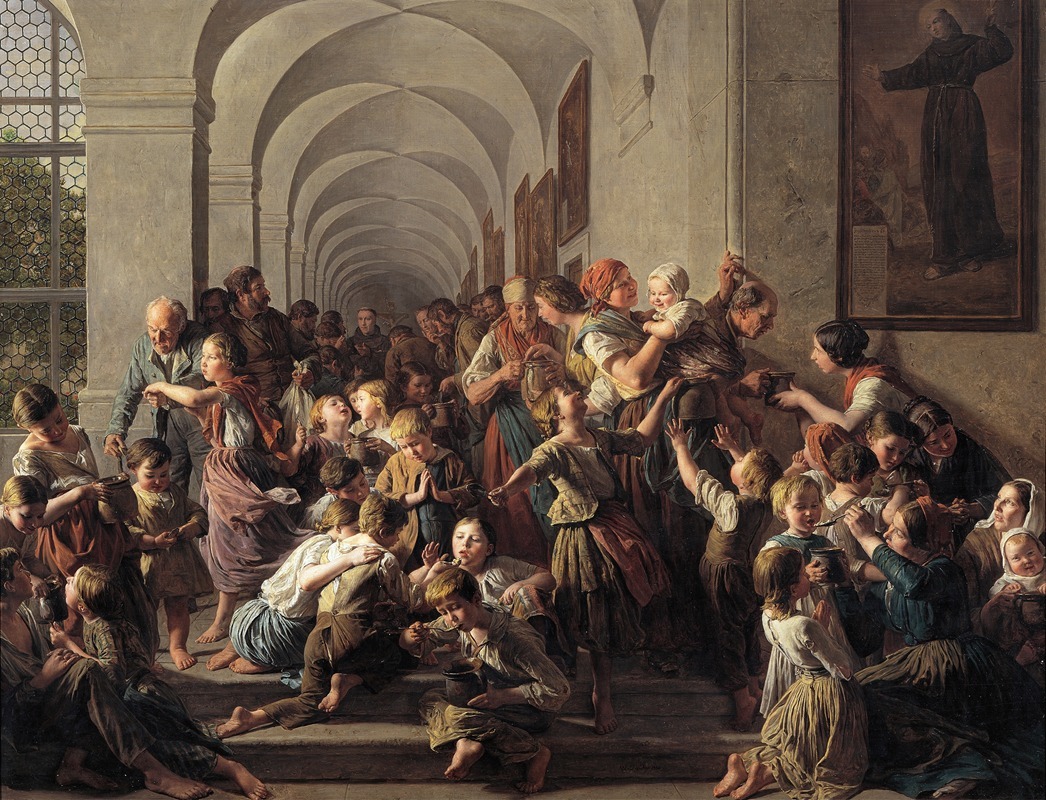
Die Klostersuppe
A hand-painted replica of Ferdinand Georg Waldmüller’s masterpiece Die Klostersuppe, meticulously crafted by professional artists to capture the true essence of the original. Each piece is created with museum-quality canvas and rare mineral pigments, carefully painted by experienced artists with delicate brushstrokes and rich, layered colors to perfectly recreate the texture of the original artwork. Unlike machine-printed reproductions, this hand-painted version brings the painting to life, infused with the artist’s emotions and skill in every stroke. Whether for personal collection or home decoration, it instantly elevates the artistic atmosphere of any space.
Ferdinand Georg Waldmüller was an Austrian painter born on January 15, 1793, in Vienna. He is recognized as one of the most significant Austrian artists of the 19th century, known for his contributions to the Biedermeier period, which emphasized realism and detail in art. Waldmüller’s works often depicted everyday life, landscapes, and portraits, capturing the essence of Austrian society during his time.
One of his notable works is "Die Klostersuppe" (The Monastery Soup), which exemplifies his skill in portraying scenes of daily life with a keen eye for detail and a deep understanding of human emotion. The painting is a fine example of Waldmüller’s ability to blend realism with a narrative quality, inviting viewers to engage with the story being told through the canvas.
"Die Klostersuppe" depicts a scene set in a monastery, where a group of monks is gathered around a table, partaking in a simple meal of soup. The setting is intimate, with the warm glow of light illuminating the faces of the monks, highlighting their expressions and interactions. Waldmüller’s attention to detail is evident in the textures of the monks’ robes, the wooden table, and the steam rising from the soup bowls, creating a sense of warmth and comfort.
The painting reflects Waldmüller’s interest in the themes of community and humility, common in his works that often focused on the lives of ordinary people. The choice of a monastery setting underscores the values of simplicity and devotion, while the act of sharing a meal symbolizes fellowship and unity. Waldmüller’s use of light and shadow adds depth to the composition, drawing the viewer’s eye to the central figures and enhancing the overall mood of the scene.
Waldmüller’s technique in "Die Klostersuppe" demonstrates his mastery of color and composition. The harmonious palette and balanced arrangement of figures contribute to the painting’s serene atmosphere. His ability to capture the subtleties of human expression and interaction is a testament to his observational skills and his dedication to portraying life with authenticity.
Throughout his career, Waldmüller faced both acclaim and criticism. While he was celebrated for his realistic style and attention to detail, he also encountered challenges due to changing artistic trends and the evolving tastes of the art world. Despite these challenges, Waldmüller remained committed to his artistic vision, and his works continue to be appreciated for their historical and cultural significance.
Today, "Die Klostersuppe" is regarded as an important piece within Waldmüller’s oeuvre, reflecting the artist’s contribution to the Biedermeier period and his influence on the development of genre painting in Austria. Waldmüller’s legacy endures through his paintings, which offer a window into the social and cultural fabric of 19th-century Austria, capturing moments of everyday life with a timeless quality that resonates with audiences even today.





